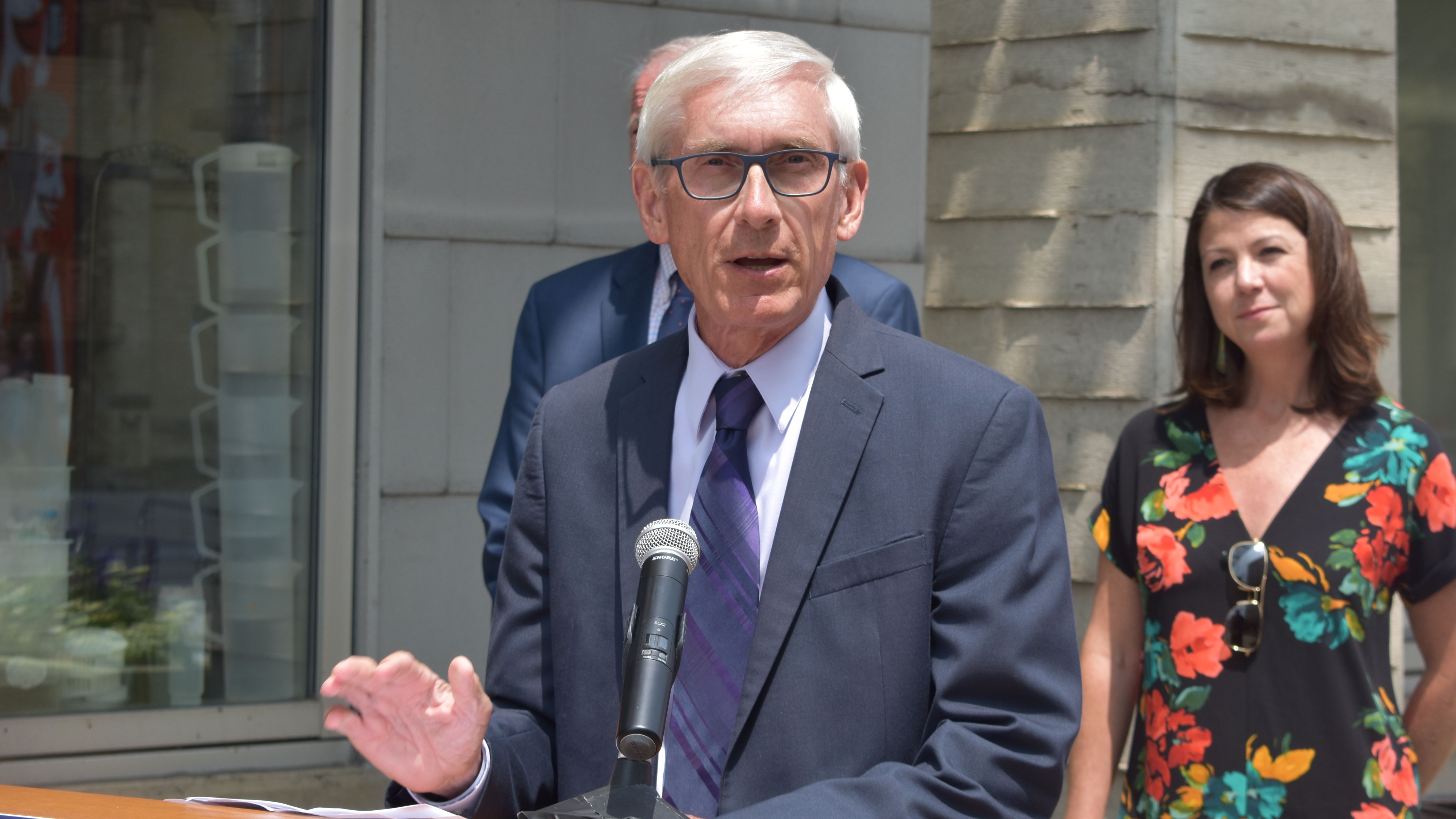Gov. Tony Evers today announced he is allocating $130 million from the federal American Rescue Plan Act for three programs to address workforce issues in the state.
The programs will help connect unemployed or underemployed workers with job opportunities and incentivize solutions to regional workforce challenges that have been exacerbated by the COVID-19 pandemic, Evers said.
The funding for the workforce programs announced by Evers today include:
- $100 million for the Workforce Innovation grant program to encourage regions and communities to develop solutions to the workforce challenges the state faces in the wake of COVID-19.
- $20 million toward the Worker Advancement Initiative, which will offer subsidized employment and skills training opportunities with local employers to unemployed individuals.
- $10 million for a Worker Connection Program, which will provide workforce career coaches who will connect with individuals attempting to reengage in the workforce post-pandemic.
“I’m proud of our work to ensure Wisconsin’s economy can continue to recover, and that’s why it’s critically important that we invest in our workforce. We’ve heard from unemployed workers, business, and community leaders across the state about the workforce challenges they face, and recognize there’s no one-size-fits-all solution to meeting these needs,” Evers said. “These programs will allow us to invest in regional solutions, help businesses find workers, and provide support to our friends and neighbors who are getting back on their feet.”
The Wisconsin Economic Development Corp., state Department of Workforce Development and the Department of Administration will administer the Workforce Innovation program, which will offer up to $10 million in grants to at least 10 local and regional collaborations which develop proposals that “represent innovative thinking, data-driven planning and leverage existing infrastructures to connect the dots for post-pandemic workforce solutions,” according to Evers’ announcement. The program will fund initiatives to help businesses find workers and workers connect to better, higher quality and more family-sustaining jobs. Grant funds could be used to meet local workforce needs resulting from or exacerbated by the pandemic, such as childcare, transit, worker attraction and retention, or housing, and may be used to support initiatives like training, planning, marketing, or developing pilot programs that can be applied in other communities.
The $20 million toward the Worker Advancement Initiative will offer subsidized employment and skills training opportunities with local employers to those whose previous employment has not come back post-pandemic, as well as those who were not attached to or were not successful in the labor market prior to the pandemic. The program is a new, statewide effort to provide subsidized work opportunities to around 2,000 individuals. DWD will administer the program through local workforce development boards in partnership with community-based organizations.
The $10 million for the Worker Connection Program will offer individuals who are attempting to reengage in the workforce career coaches who will work with them to overcome barriers that may prevent their full participation in the labor force. The program will also offer individuals local training opportunities that are focused on in demand sector and employer needs. Two regions of the state will be selected for the program.
The federal American Rescue Plan Act funds are intended to support efforts to address the ongoing negative economic impacts of COVID-19.
Wisconsin Manufacturers & Commerce criticized Evers’ funding plans for the workforce programs, saying instead the state should end the $300 federal pandemic-related unemployment benefits, fully fund a statewide talent attraction campaign and invest funds in STEM education and technical training for the state’s youth.
“Wisconsin’s business community appreciates that the governor has acknowledged our state has a workforce shortage,” said WMC president and CEO Kurt Bauer. “But, Gov. Evers must also understand that this disjointed plan will spend a lot of federal funds without solving our short- and long-term challenges. Instead of complicating matters with this proposal, the governor should take a simple and coordinated approach to attracting and retaining talent. First, we must end the federal pandemic-related unemployment benefits. Then we must reinstate the talent attraction campaign to show off our state’s high-quality of life and invest further in preparing our next generation for the family-supporting careers we have in Wisconsin.”


